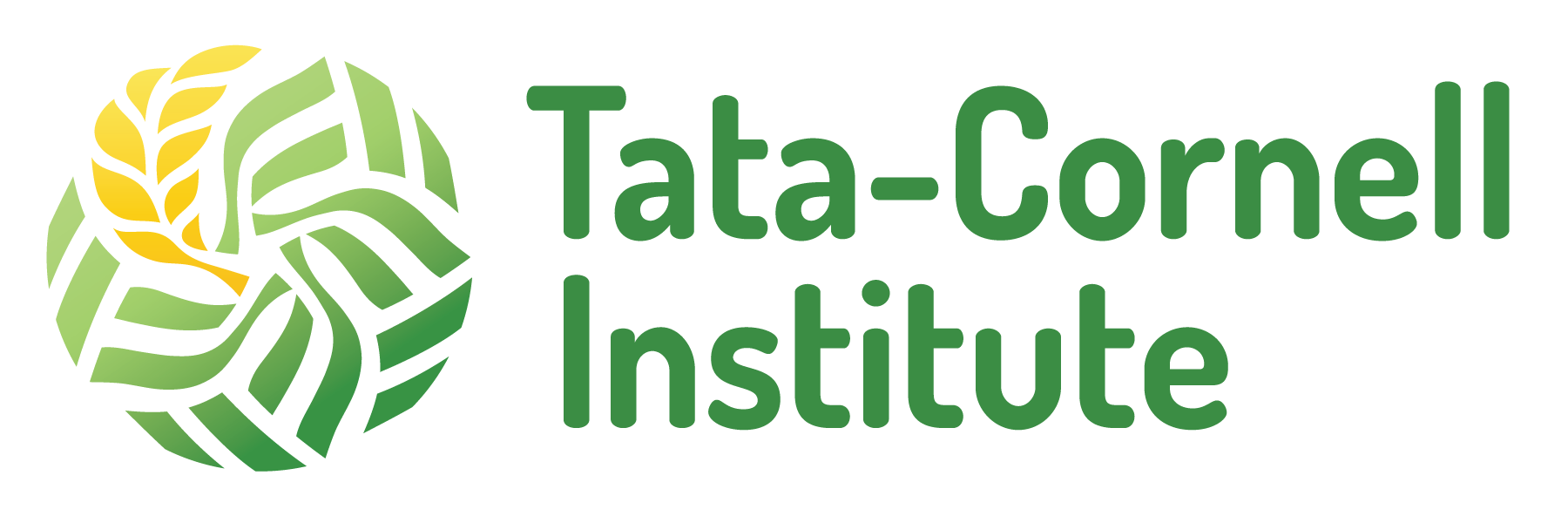Reducing the True Cost of Food-Based Safety Nets: Evidence from India’s Subsidized Food Program
Abstract
Public procurement of food plays a pivotal role in determining the production and consumption of various food items. This is particularly true for staple grains in countries such as India, where the government procures over 40 percent of rice and wheat. This grain is redistributed to approximately 60 percent of India’s population through the Public Distribution System (PDS), the national food-based safety net. Although the PDS plays a critical role in ensuring food security for millions of beneficiaries, there is scope for reducing the hidden costs associated with the production of PDS food grain. As costs such as unsustainable use of groundwater and subsidies for power and fertilizers are not accounted for in the ‘financial’ cost of the program, we use true cost accounting (TCA) to identify, quantify, and monetize these hidden costs associated with the PDS. In 2021-22, the Indian government and PDS beneficiaries spent US$16.5 billion and US$0.9 billion, respectively, on the PDS. However, accounting for hidden costs associated with the production of PDS food grain reveals that the true cost of the PDS is more than twice its financial cost. Using true cost estimates of distributing rice, wheat, and millets through the PDS, we find that replacing one kg of rice with one kg of millets for a quarter of PDS beneficiaries every month has the potential to reduce the true cost of the PDS by US$1.37 billion annually.

